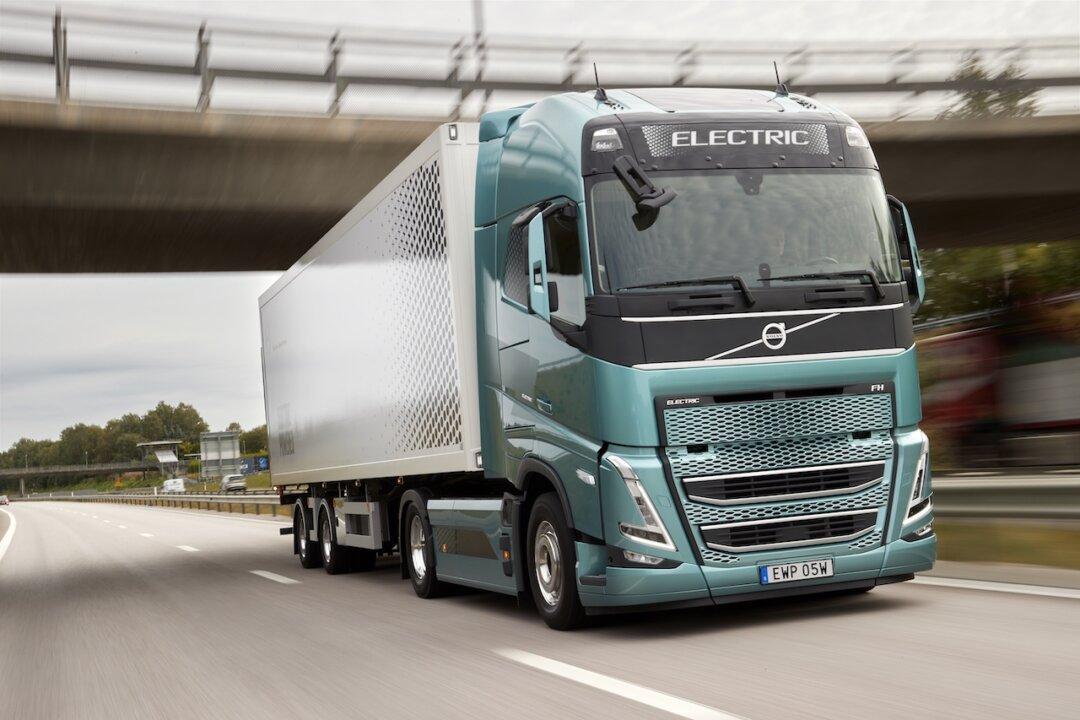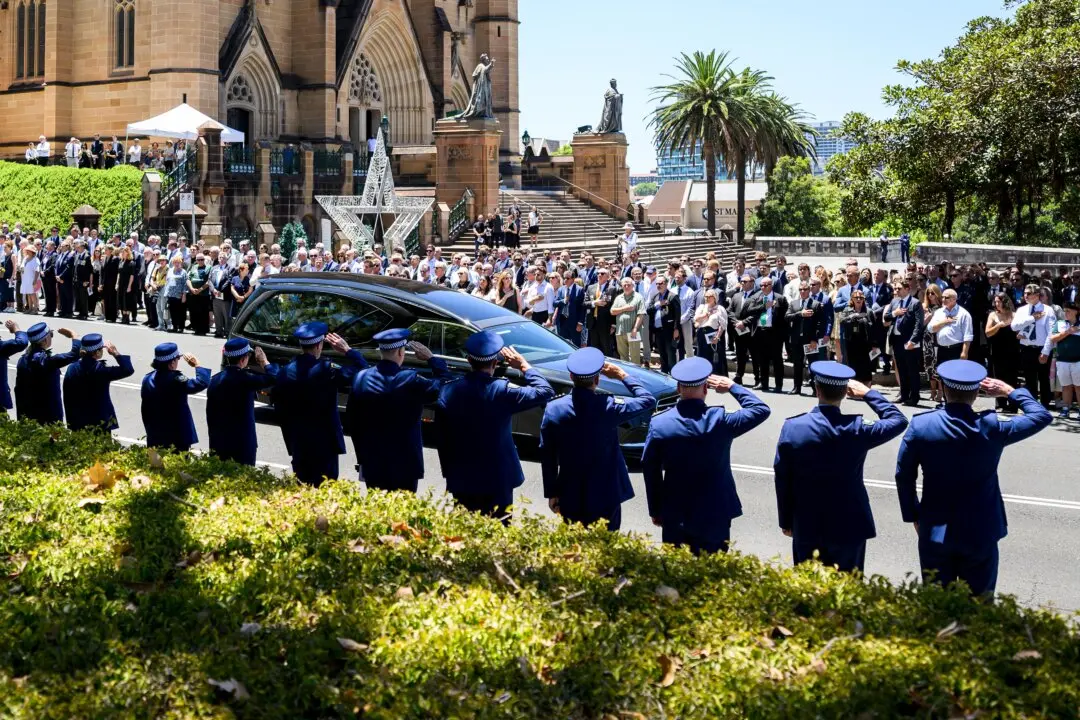Getting some of the world’s biggest electric vehicles onto Australian roads could be a long haul.
Major vehicle manufacturers delivered a convoy of battery-powered trucks to Australia this week, with the new generation of zero-emission prime movers and light-duty delivery vehicles attracting thousands of visitors to the Brisbane Truck Show.





